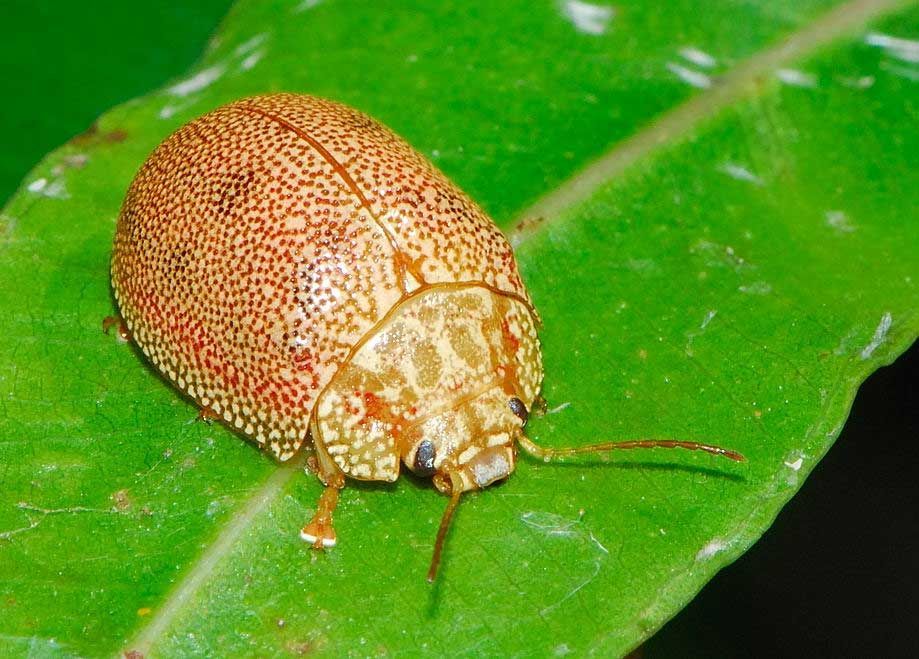Pest Notes: Vol. 3 - Cupressus sempervirens - Italian cypress
Italian cypress reminds me of the Queen of Hearts and her castle in Alice in Wonderland. They line the property boundaries of fine estates, work as an excellent screen species and require minimal maintenance.
With their upright, erect structure, pruning is typically only needed to maintain a uniform shape when a branch over-elongates.
Watering once established is minimal – a couple of deep watering events in the summer and you are good to go.
It is, however, common for this species to develop secondary pests when improperly installed and maintained.
Planting depth and water is crucial – this species can contract root rot, which commonly occurs when planting depth is too deep and watering cycles too frequent and shallow. They can also deal with a canker that produces toxins, wreaking havoc on mineral-and-water conducting tissue.
When cypresses are mature and browning canopies begin to emerge suddenly, it is most likely a mite, bark beetle or tip miner that has come in to town, especially if no notable traumatic event has occurred in recent months. It is possible that a recent pruning event, or other traumatic event, resulted in the contraction of something like Seridium canker. It is also possible to contract root or crown rot (Phytophthora sp.) and in fact there is a newfound (or, one that has been dormant for a bit and re-surged) Phytophthora affecting Italian Cypress.
However, when plantings are new and establishing, or slightly juvenile, yellowing and browning could point to a multitude of issues.
Having a reliable and honest representative is key in the tree and plant world.
Tree Health Care services are largely intangible.
Was the right material used?
Was a sufficient amount of material applied?
I should notice results pretty quick, right?
How should I water? What can I do at home to help?
All of these valid questions go through a client’s head when taking on a plant health care service. Moreover, the answers to these questions that a client employs as part of their care for their trees are critical.
Answers to questions can be found online. However, you can find many articles from the same geographic area regarding the same issue with completely different and contradictory conclusions.
Review your trees and plants with a professional you trust.
TreeLife CA is the perfect fit.



